Can you help us with some Schumann, please?
mainAn unusual request from our string quartet diarist, Anthea Kreston:
I need your help. Is anyone good at musical detective work? I am putting out a crowdsourcing request.
I read in the Steinhardt book, “Indivisible by Four” that Schumann conceived, at one point, of his three quartets as something that could be played in a row, that they could connect. Steinhardt also says that Schumann actually wrote bridge music to be played between the works, so they could be played without pause, and that he later destroyed this music.
I nearly flipped out. We have been playing the Schumann 3 for many months now, and Schumann 2 for the past month. This week we started on Schumann 1. For the first time, last week, we put 2 Schumanns together in one program, and for me, there was magical almost-symmetry, a way in which they informed one another – how some of his thoughts, which can often feel incomplete or inconclusive, had a corresponding answer in the other quartet.
These three quartets were written between June 4 and 22, 1842 – a span of less than three weeks, after a period in which he was unable to write because of a depressive episode. How could they not be conceived of as a whole – considering the short time in which they were composed? They must belong to one another – overlaying pieces of the same puzzle, each piece only complete when seen through the lenses of the others. He presented them as a birthday present to Clara – it is amazing to think of them so young – she turned 23 in September of 1842.
Just because quartets up until this time had been packaged in neat, easy-to-digest 35-50 minute portions, doesn’t mean that a 2 hour piece of music (including connecting music) couldn’t be thought of, especially by someone as unique as Schumann.
Wouldn’t it be magical to hear what these three works would sound like, all together, and where is that missing music? Is there a sketch, mention in a letter – something from Clara, Robert or even Johannes – more information out there?
If anything exists, can it be reconstructed? Or a new commission(s?) be made for bridge music? If it were any other composer (the three Brahms quartets, for example), I don’t think I would be so keen – so certain that this could be pure magic. But – the combination of lightness and fantasy, interchanged with heavy, funny German dances and deep, throbbing and sweeping slow movements – these pieces read like novels. And together – a triptych. It could be transformative.
When I read about this in Arnold Steinhardt’s book, I was sitting on a plane, heading to London. I was floored. As a student at Curtis, I worked with Mr. Steinhardt, but not enough or probably well enough for him to remember who I was, or to keep in contact. How to reach him – I needed more information. So – I Messengered Ida Kavafian, my “Violin Mom” – a teacher who embodied, for me, the perfect mix of inspiration, technical advice, and life lessons. And, of course, a deep dedication to all of her students – warmth and endless humor and encouragement.
To my delight, within the next 2 hours, these messages, below. The first one sent backstage from Wigmore – the final one backstage after the concert.
“Ida! I just read something from Steinhardt in “The Art of Quartet Playing” where he talks about a destroyed copy of Schumann – bridge music between the quartets (so they could be played all together). Do you know anything about this? If not, do you see Mr. Steinhardt around and can you ask? I am obsessed.”
“HAHAHAHAHA!!! I’m sitting with him in auditions at Curtis. More later.”
“Wow! You shouldn’t be texting! Pay attention to those Paganini caprices!”
“Hahaha – intermission Wigmore!”
“So at first he’s made this cute comment that “well, she knows just about as much as I know about it”. But then he described how in the romantic era often people would improvise little tiny pieces/links between pieces. Apparently Josef Hoffman did that when he played recitals at Curtis and probably elsewhere. Apparently Schumann wrote some of these links between the first and second and then the second and third quartets but then he thought better of it. Arnold doesn’t know if they still exist.
How was your concert? I used to love playing at Wigmore!!!!”
“Quartet is fun! I am always wanting to play on the g string, and they complain a little about it, but other than that all is well! Please tell Mr. Steinhardt thank-you – I will try to keep researching and let you know if I find anything. My biggest hugs to my favorite teacher“
“Hugs and kisses right back!
And apologies for telling you to play on the G string too much…”
Followed by a emoji of a bunny and hamster high-fiving with 8th notes floating around
So – Slipped Disc readers – if you are so inclined, can you help me? There must be some evidence somewhere – a mention of a house concert, letter, talk from musicians, a diary, sketch, something in a library or collection. I have never asked for your help before, but now is the time! Together we could discover something incredible.
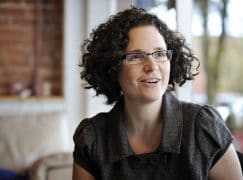
You can email me at Geigeberlin@yahoo.com.

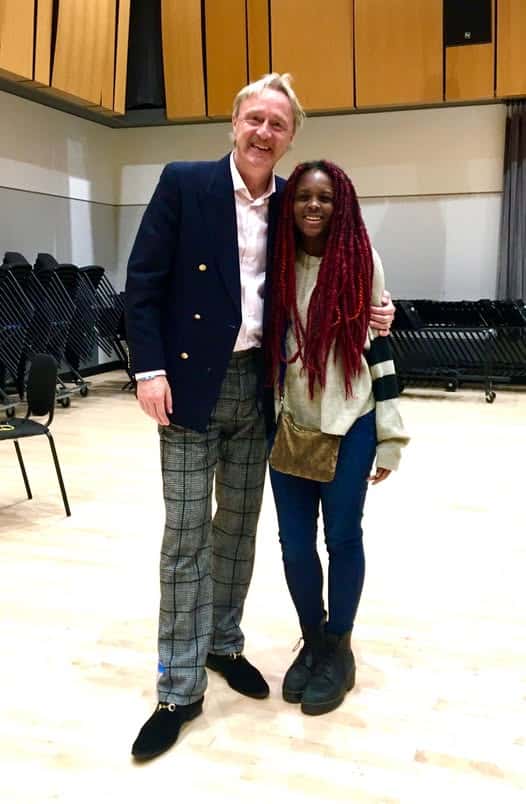
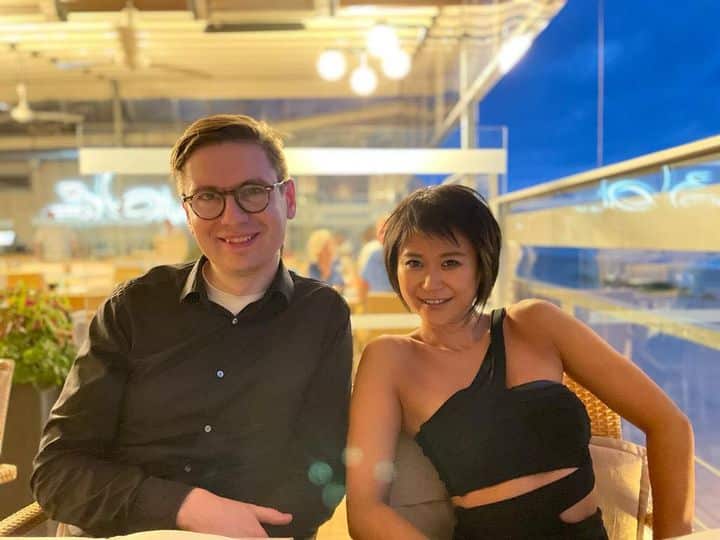
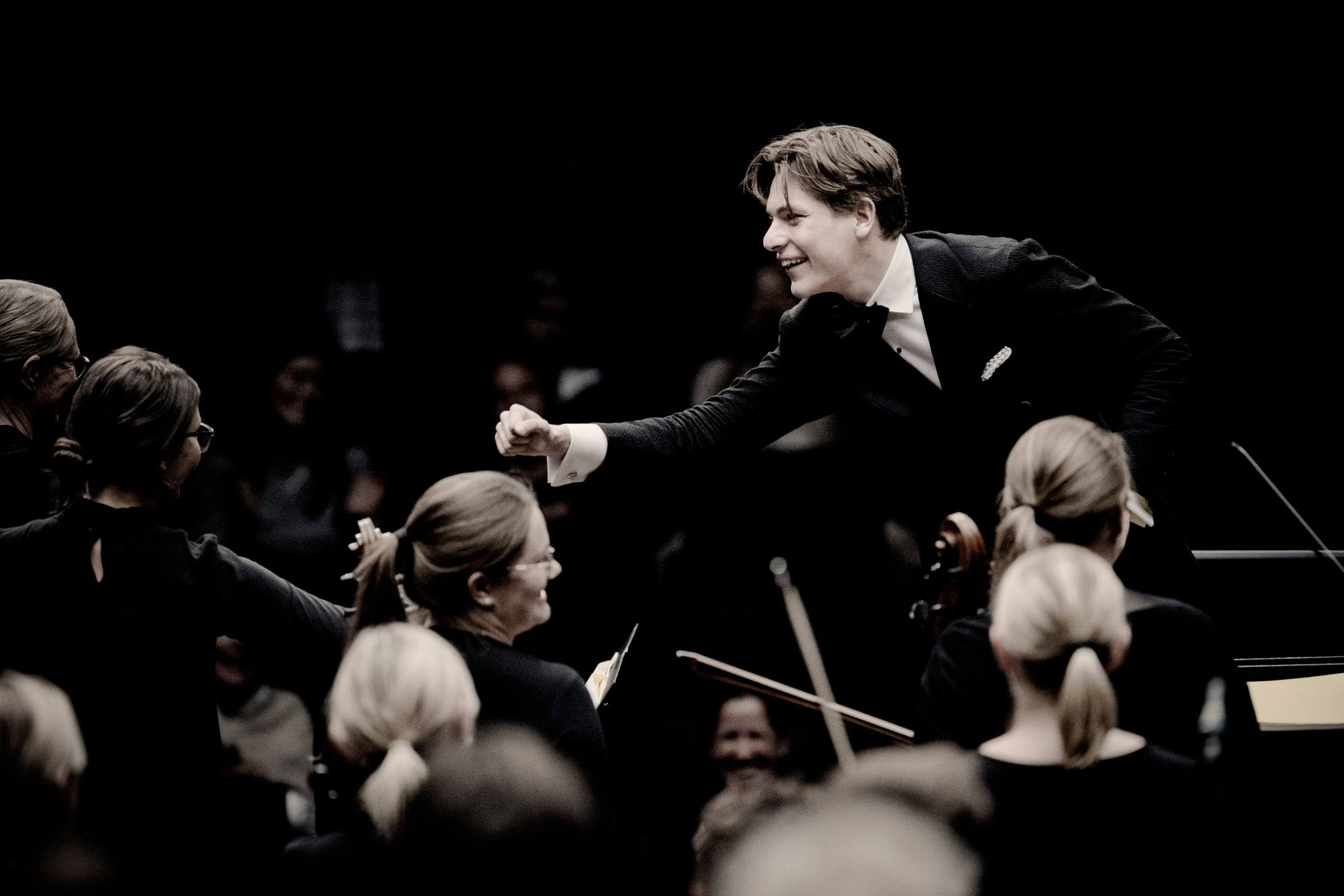
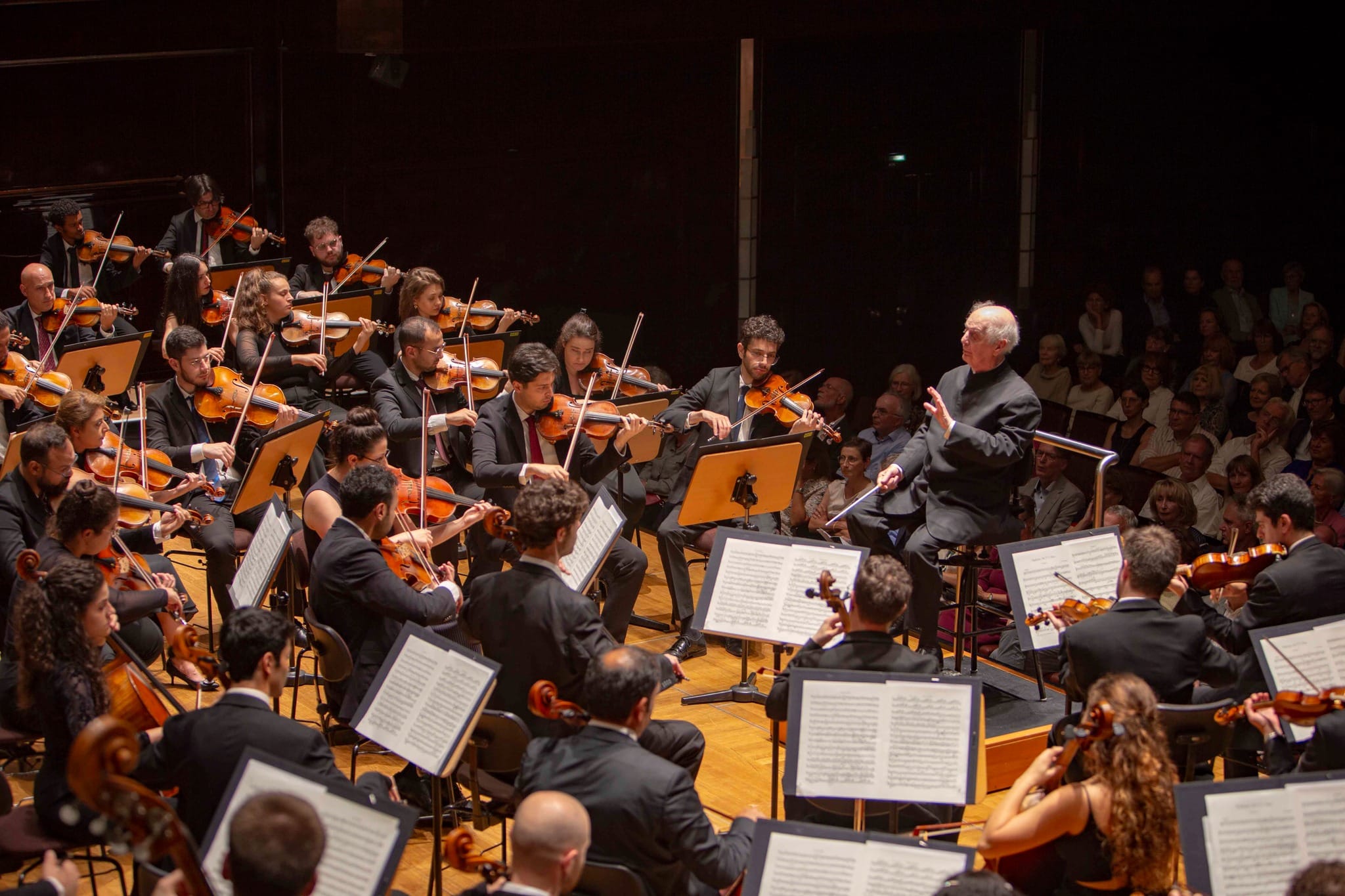
I am sorry that I cannot offer any information or scientifical insights, but how about taking turns, one of you at a time, playing a little solo to link the pieces. It could be prepared, commissioned or improvised – the latter of which would certainly keep the other three members on their toes and create some interesting musical tension.
I have no evidence or information to offer, but would like to suggest that improvised interludes need not be one person at a time.
This is incredibly interesting. In a post on the website of the new Schumann Gesamtausgabe, Hans Kohlhase writes this: “Im Juni/Juli 1842 komponierte Schumann zwei Streichquartette (op. 41, Nr. 1 und 2), die ursprünglich durch ein Zitat aus der Einleitung zu Nr. 1 am Anfang des 2. Streichquartetts äußerlich miteinander verbunden waren. In der späteren Druckfassung wurde diese Reminiszenz ersatzlos gestrichen.” (see https://www.schumann-ga.de/wordpress/?page_id=178). His edition of the three quartets (2006) includes appendices with preliminary versions/drafts and so on – I’m sure that’s the best place to look for the evidence, and maybe contact Kohlhase directly (through Schott is probably best as they publish this edition – yours in smart hard covers for 243 Euros – so you might want to find it in a library (!) – but here’s a link and the “details” tab gives a lot of information about what goodies there are in the volume: https://en.schott-music.com/shop/streichquartette-streichquartett-fragmente.html
What Kohlhase goes on to say is that No. 3 came a little later, and as far as I can tell, there wasn’t linking music from No. 2-3, but see what he says as he’s obviously the expert on this – and on what sources might survive. Good luck with this – it would be wonderful to recover something of Schumann’s original conception.
Just play all three in one concert.
Like I’d like to hear the three violin sonatas, the three piano trios, the three piano sonatas…
A very memorable concert a few years ago was of the three concerti (piano, violin, cello) with the Freiburger Barockorchester on one evening.
But I thought Artemis didn’t care for Programmdramaturgie…
Coffee soon?
Hello RW!
We do have them programmed all together – I can’t wait.
Thanks!
Anthea
I love your diary, Anthea!
Is the quartet going to release a recording of the complete Schumann’s quartets anytime soon? I hope so 😉
I think a perfect answer could be Robin Holloway,a wonderful composer who has been involved with Schumann throughout his career.A few years ago he made an insightful adaptation of the Mary Queen of Scots songs,using a very little of his own invention within a skillful orchestration.He could find and arrange fragments which might weave these extraordinary pieces together.And whatever,you would enjoy the correspondence!Theilled that you love these quartets as much as I do,warmest wishes,Simon Rattle
Thanks, Simon. What an excellent idea, one of my favourite UK composers.
Dear Simon,
This is all so exciting. What an amazing suggestion, I can’t wait to follow up. My email box is overflowing with quotes and leads, and several people have already gone to libraries to dig up more information. .
Can hardly sleep,
Anthea
Anthea, by any chance is the cellist Elaine Kreston your sister or other close relation? I played gigs with her once upon a time and the resemblance between the two of you has just bubbled up from my subconscious. Best of luck unraveling the Schumann mystery!
Why not do what Simon Rattle does with the Sibelius 6th and 7th symphonies as well as the Webern 6 pieces + Schoenberg 5 pieces + Berg 3 pieces – which is request the audience not to applaud between the (respectively) two and three pieces.
The sense of continuity is felt wonderfully without the applause.
Bridge music? Why not Frank Bridge, Three Idylls for string quartet?
How wonderful to be reaching out globally to resolve this mystery. Good luck! I look forward to a later report on your findings!